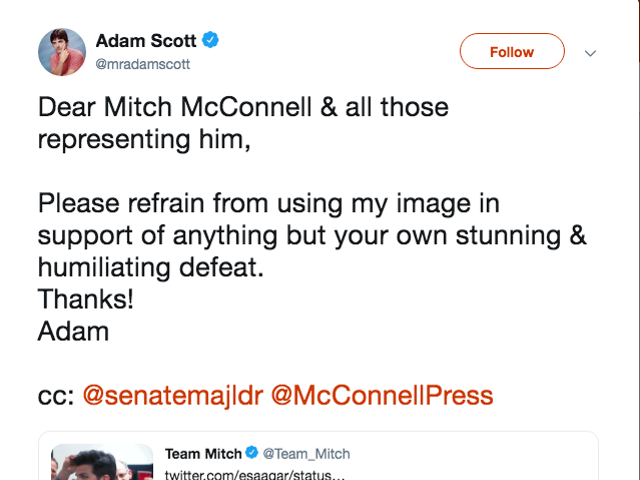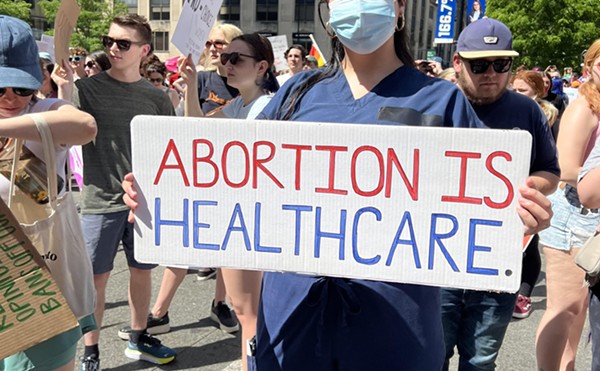Budgeting can be hard — even when your party controls both houses of the Ohio General Assembly and the governor's mansion and has about $2 billion in surplus funds to work with.
The Ohio Senate June 30 passed a series of 17-day emergency spending measures as lawmakers ran up against a deadline in the Ohio constitution that requires that a spending plan be passed before the fiscal year begins July 1.
It's the first time in a decade that lawmakers have missed the deadline. Before that, they hadn't been late in agreeing on a budget since 1991. In both previous instances, the state was facing a deep recession and a State House split between Democrats and Republicans.
Both the Ohio House and Senate settled on their own versions of the state's upcoming spending blueprint. The House passed its budget in May, and the Senate subsequently passed its own changes to that budget.
But the two versions have to be reconciled by lawmakers in a process called a conference committee. That has presented some problems.
There were roughly 500 differences in the $69 billion two-year spending plan. Some of those were small and easy to bridge. Others have proven more stubborn.
The House wants to cut income taxes by 6.6 percent across the board and eliminated the state's two bottom tax brackets. But it also reduced a tax deduction given to so-called "pass through entities" — that is, businesses where the owners keep the business' profits directly. That tax cut, passed several years ago, is worth $1.2 billion a year right now. The House's changes would reduce the cut by half. The Senate, however, wants an 8 percent tax cut and wants to keep the current tax deduction for pass-through businesses.
Taxes aren't the only sticking point: the two bodies also differ on school spending. The House's bill would provide more funding for many low-income districts and fund wrap-around services at public schools; the Senate's version would take that money and spend it on vouchers for students to attend private schools. There are also some changes to the state's report cards for public schools in the works, though the House and Senate are still wrangling over those.
There is also a big, complicated debate about the way the state pays pharmacies through Medicaid. The House wants to end the state's $250 million in payments to entities called pharmacy benefits managers — middlemen who go between drug manufacturers and pharmacies — because it believes as much as $200 million of those payments are in excess and aren't used to reimburse pharmacies for drugs purchased by low-income and disabled customers. Instead, the House would hire a single PBM that would have a duty to save taxpayer money instead of maximizing its own profit.
The Senate, however, wants to keep the current system but create more accountability for the state's two PBMs. It also wants to provide $100 million to struggling pharmacies across the state that haven't seen enough reimbursement for drugs purchased by low-income consumers.
There are still more sticking points. Republican Ohio House Speaker Larry Householder has said that he believes the two sides could reach a spending plan by July 17.
Ohio Gov. Mike DeWine wants to see the budget on his desk as soon as possible, he said in a statement after the Senate approved the emergency spending legislation late on June 30.
"The legislature has an obligation to keep our government funded and operating," he said. "Both houses passed proposals that share the priorities of my executive budget proposal, and they passed them by overwhelming, bipartisan majorities. I urge the conference committee to continue negotiations and pass a budget promptly."






